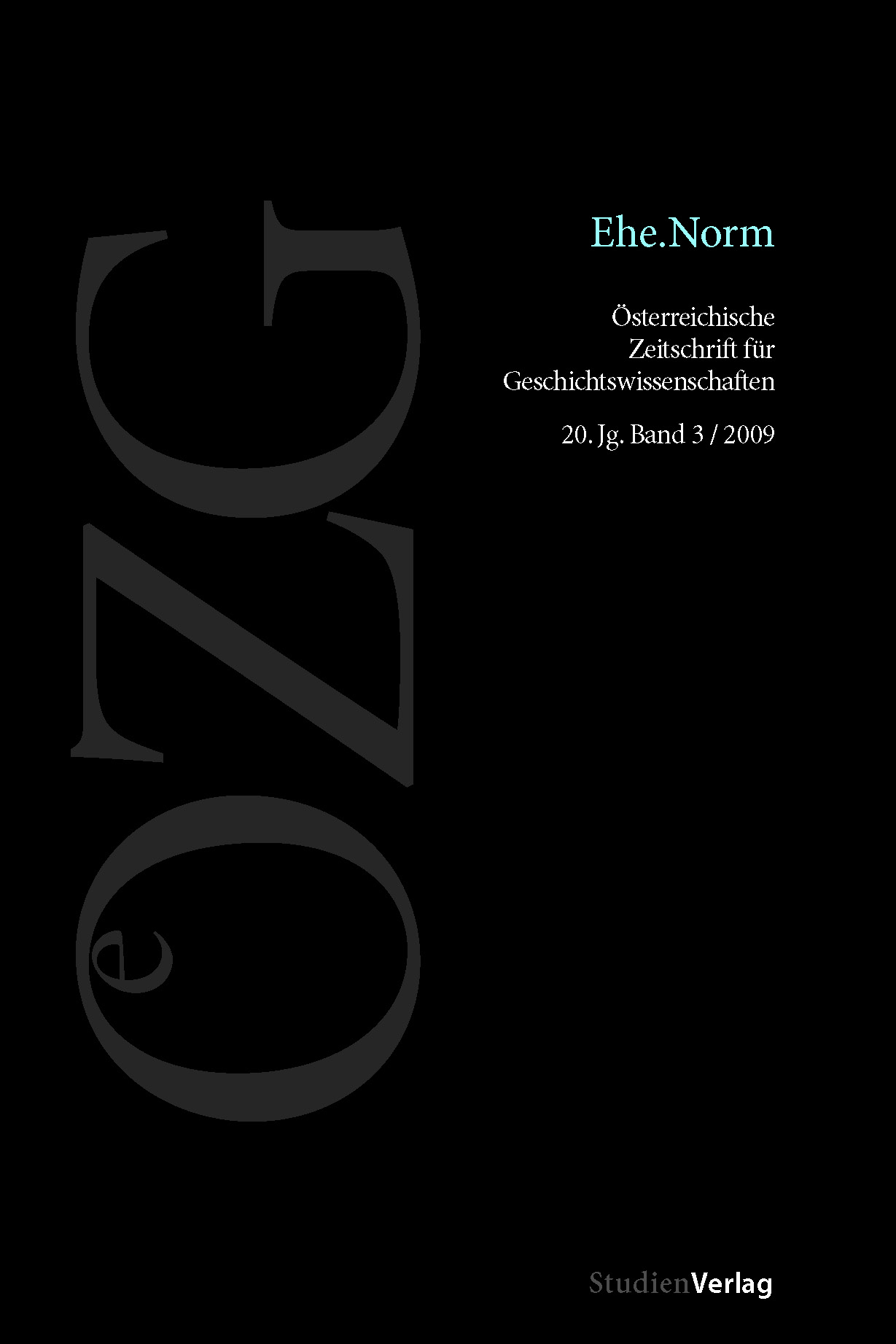Does the Priest Have to Be There? Contested Marriages before Roman Tribunals
Italy, Sixteenth to Eighteenth Centuries
DOI:
https://doi.org/10.25365/oezg-2009-20-3-2Keywords:
marriage, Council of Trent, Congregation of the Council, Holy Office, ItalyAbstract
The Council of Trent established the requirements that a marriage be celebrated by the parish priest and two or more witnesses be present at the marriage (1563), but neglected to specify who the parish priest was. The decrees provoked confusion among both laymen and churchmen. Traces thereof can be found in the hitherto essentially unexplored documentation of The Congregation of the Council. This institution was founded in 1564 specifically to resolve the questions that arose all over the catholic world by the application of the decrees promulgated at Trent. The related records are held in the Vatican Secret Archive. Through an examination of this documentation, complemented by files of the Holy Office the author analyzes how the new rules were understood, experienced, used, circumvented, and manipulated both by laymen and churchmen in order to end an unwanted marriage, to facilitate a union that was socially transgressive, opposed by family, or even heterodox, and to respond to pastoral concerns.


